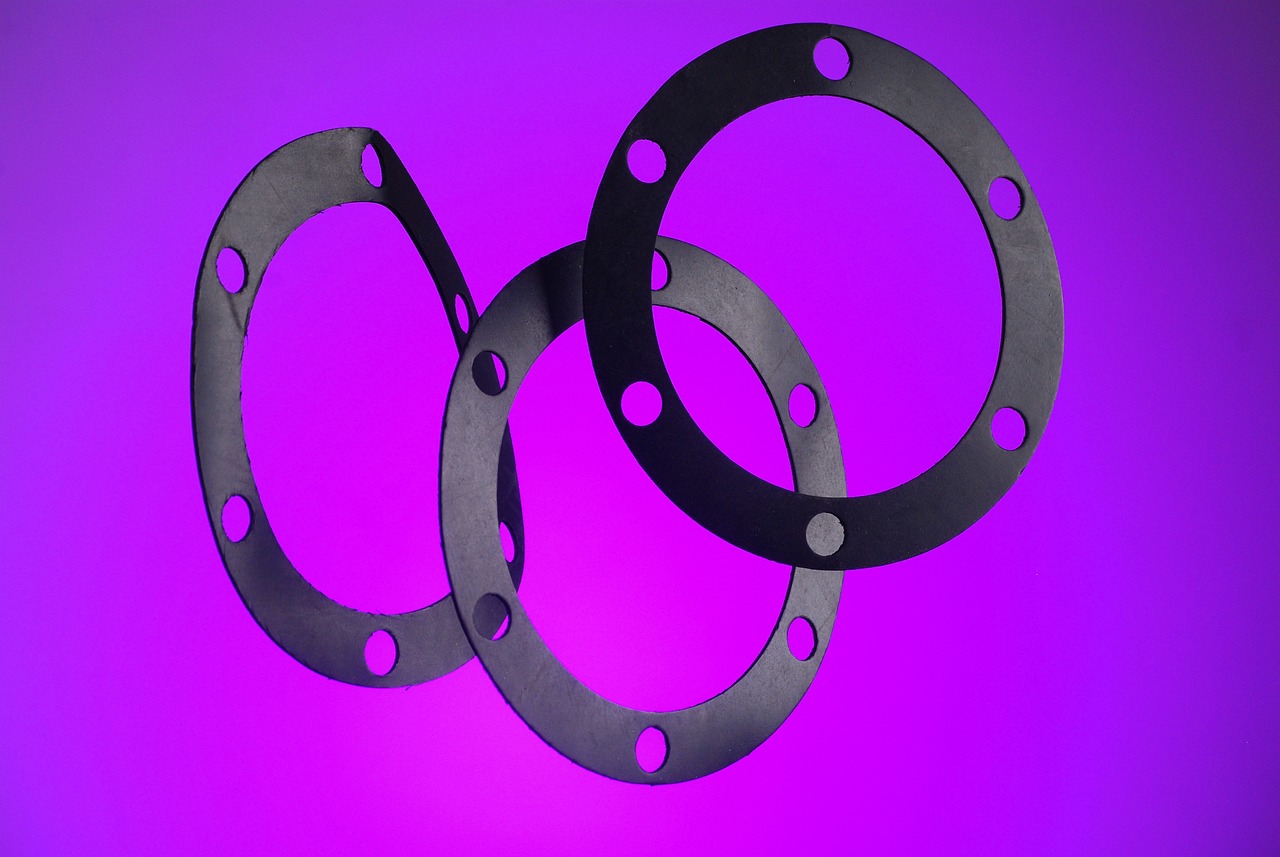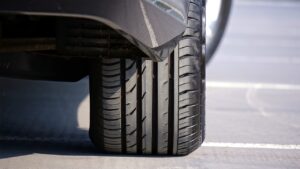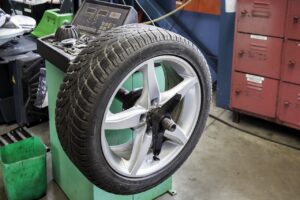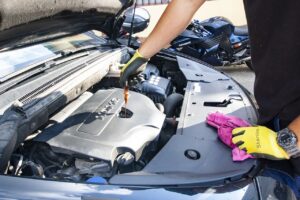
When you realize your head gasket is leaking, you should not open the coolant cover if the car is still hot. Wait until the car is completely cool before checking the fluid level.
The next step is to check the oil, using a dipstick. If the level is higher than normal, there may be a leak in your engine block. If water and oil mix, you will get a brown/yellowish substance either under the coolant cover or on your oil dipstick when checking the oil level.
Can I repair my head gasket myself ?
You will find a wide range of products in automotive accessory stores, intended to reseal a head gasket. Unfortunately, they are not optimal, and can only serve as a temporary solution. When you decide to fix head gasket, you must follow the instructions to the letter. Normally, it will take about 20 to 30 minutes to drive, to allow the sealant to circulate, and reach the leaks. These types of products contain chemicals that solidify when mixed with air or exhaust gases.
This video can explain it more:
What if your attempt does not work: If you are unable to reseal your head gasket, you have another possibility: replacing the head gasket? If you have to take your car to the garage, remember that it is an expensive operation. The cylinder head must be removed, and in some cases the engine block must be disassembled.
How to replace a head gasket?
First, disconnect the battery, and drain the cooling system of its liquid. Keep it in a container, and take it to the recovery station later. Remove everything connected to the cylinder head, including the manifold. Write down or optionally take a photo of where each item was placed. Once you have detached the manifold from the cylinder head, you can remove the timing belt cover. The valve cover on the cylinder head must be removed. Remove all bolts. If they are standard bolts, you can reuse them. Some car models use special bolts, which cannot be reused, and in this case, you will have to get new ones. The cylinder head is no longer attached and can be removed as soon as all bolts have been removed.
Clean and inspect the mating surface between the cylinder head and the engine block. If this surface does not turn out to be flat and even, it will need to be sanded, which is the job of a professional. Rinse the surface of the cylinder head if necessary. There are cleaners specifically made for this, but pay attention to the surface of the engine block as well as the valve holes. It is very important that these are not damaged.





